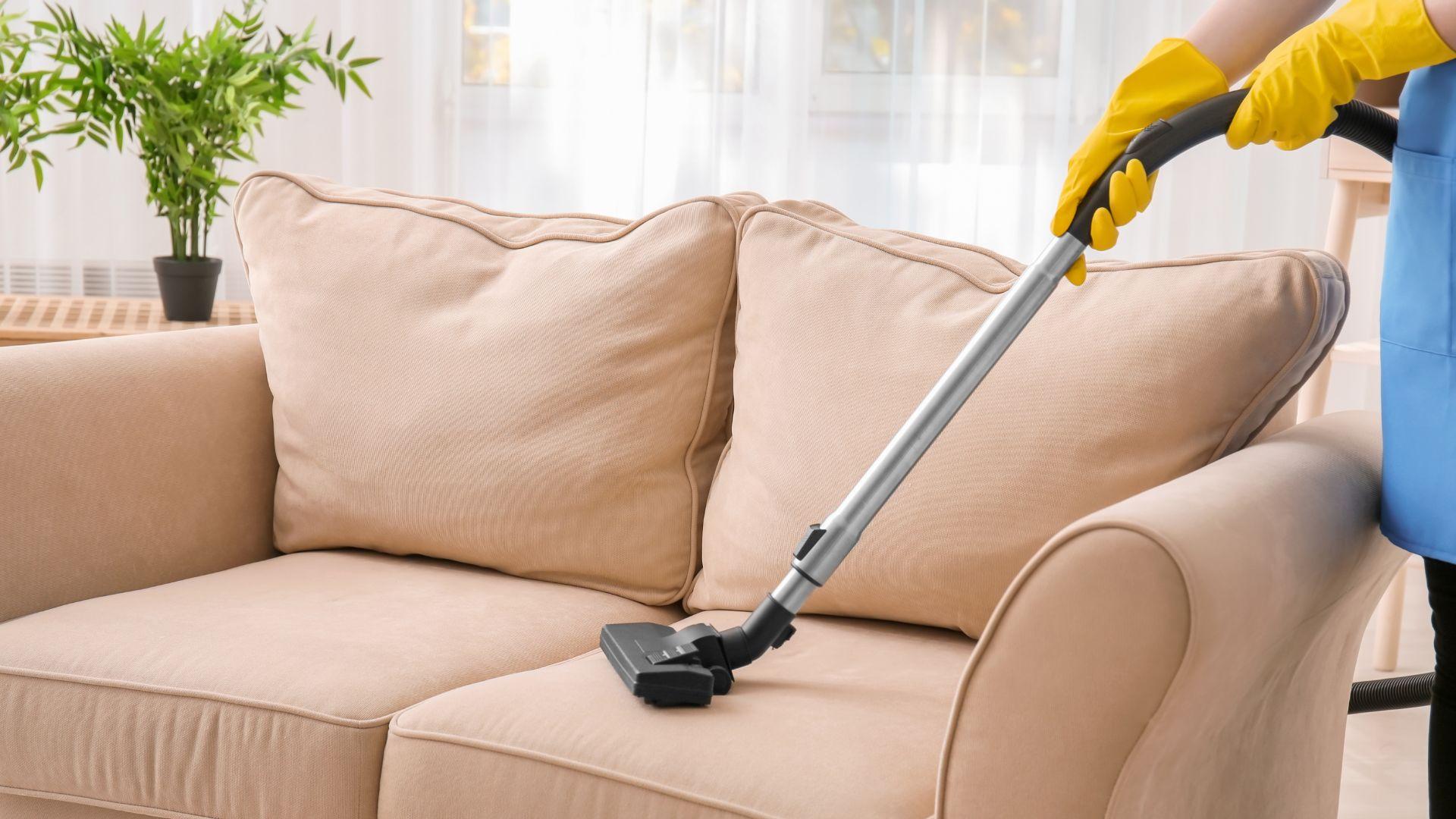Why Sofa Cleaning is Essential
Sofas are among the most used pieces of furniture in any home or office. They are subject to spills, stains, pet hair, dust, and grime accumulation over time. Proper sofa cleaning ensures:
- Elimination of allergens and dust mites
- Prevention of unpleasant odors
- Preservation of fabric quality and color
- Enhanced appearance of your living space
Understanding Sofa Fabrics and Cleaning Methods
Different sofa materials require specific cleaning techniques. Using the wrong method can damage the fabric or upholstery. Below are common sofa materials and tips for sofa cleaning:
Fabric Sofas
Fabric sofas are prone to absorbing liquids and collecting dust. To clean them effectively:
- Vacuuming: Use a handheld vacuum to remove loose dirt and debris.
- Spot Cleaning: Test a small area with a fabric-safe cleaner before applying it to the stain.
- Steam Cleaning: For deep cleaning, a steam cleaner can sanitize and refresh the fabric.
Leather Sofas
Leather upholstery demands a gentler approach to maintain its luxurious feel:
- Dusting: Wipe with a soft, dry cloth to remove dust.
- Cleaning Solution: Use a leather-safe cleaner or a mix of mild soap and water.
- Conditioning: Apply a leather conditioner to keep the material supple and crack-free.
Microfiber Sofas
Microfiber is known for its durability but can easily show watermarks:
- Brushing: Use a soft-bristled brush to loosen dirt.
- Alcohol-based Cleaner: Spray rubbing alcohol on stains and blot with a clean cloth.
- Vacuuming: Finish with a vacuum to remove any remaining debris.
Tools and Supplies for Effective Sofa Cleaning
To achieve professional results, gather these essential tools and supplies for sofa cleaning:
- Handheld vacuum or upholstery attachment
- Soft-bristled brush
- Microfiber cloths
- Fabric-safe cleaner or leather conditioner
- Baking soda for deodorizing
- Steam cleaner for deep cleaning
Step-by-Step Sofa Cleaning Guide
- Assess the Sofa Condition
Inspect your sofa for stains, discoloration, or wear and tear. Check the manufacturer’s care label for cleaning instructions to avoid using inappropriate products.
- Remove Loose Dirt
Begin by vacuuming the sofa, paying attention to crevices where crumbs and debris often accumulate.
- Treat Stains Promptly
Address spills and stains as soon as they occur. Blot—don’t rub—the area to avoid spreading the stain.
- Deep Clean Periodically
Deep cleaning should be done every 6–12 months to maintain your sofa’s appearance. You can use professional services or DIY methods like steam cleaning.
- Deodorize for Freshness
Sprinkle baking soda on the sofa and let it sit for 20–30 minutes before vacuuming. This will neutralize odors and leave your sofa smelling fresh.
Pro Tips for Long-lasting Sofa Maintenance
- Use Sofa Covers: Protect your sofa from spills and dirt by using washable covers.
- Rotate Cushions: Flip cushions regularly to distribute wear evenly.
- Avoid Direct Sunlight: Prevent fabric fading by keeping your sofa away from direct sunlight.
- Pet-Friendly Measures: Place a throw blanket where your pet usually sits to minimize fur and scratches.
DIY vs. Professional Sofa Cleaning Services
While DIY methods can be effective, professional sofa cleaning services offer specialized equipment and expertise to handle tough stains and delicate fabrics. Consider professional cleaning for:
- Persistent odors or stains
- Deep-seated dirt
- Expensive or antique furniture
Common Mistakes to Avoid During Sofa Cleaning
- Over-wetting the Fabric: Excessive moisture can damage upholstery and lead to mold growth.
- Skipping a Patch Test: Always test cleaning solutions on a small, hidden area first.
- Using Harsh Chemicals: These can discolor or weaken the fabric.
- Ignoring Manufacturer Guidelines: Follow the care label for best results.
Conclusion
Regular sofa cleaning is an essential part of maintaining a clean and inviting home. By understanding your sofa’s fabric, using the right tools, and following proper techniques, you can keep your furniture looking as good as new for years to come.
